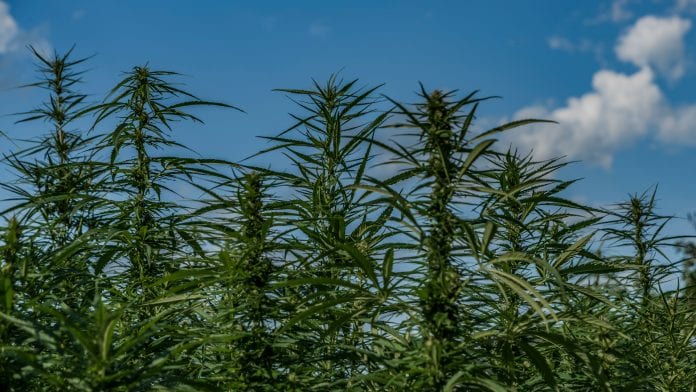
We all know about CBD – but what do we know about CBDA?
When we think about the cannabinoids that can be found in cannabis plants, we tend to focus on cannabidiol (CBD). However, CBD actually has an acidic precursor: cannabidiolic acid (CBDA). This non-psychoactive cannabinoid is typically found in either live or raw cannabis (such as hemp). Decarboxylation then naturally converts CBDA into CBD when the cannabis is exposed to either heat, sunlight or time.
Despite being CBD’s parent molecule, CBDA has a lot of its own effective and useful characteristics. These can be utilised via the process of juicing raw cannabis, amongst other means. Over the years, there has been a multitude of research surrounding the benefits and potential applications of CBDA.
Medical Cannabis Network takes a look at the various uses of CBDA and the different ways it can be extracted.
Addressing cancer, nausea and vomiting with CBDA
In 2012, a study on shrews and rats demonstrated its potential in treating both nausea and vomiting.1 The results showed that when used in shrews, CBDA effectively reduced toxin- and motion-induced vomiting. Whereas in rats, CBDA showed the potential to supress signs of nausea. The same study also discovered that when compared to CBD, CBDA has the ability to display significantly greater potency when inhibiting vomiting.
Another study conducted in 2012 demonstrated for the first time that CBDA ‘offers potential therapeutic modality in the abrogation of cancer cell migration, including aggressive breast cancers’.2
The research also showed that CBDA has the ability to be an inhibitor of the migration of MDA-MB-231 cells (an highly aggressive human breast cancer cell line), as well as the ability to suppress the enzyme cyclooxygenase-2 (COX-2).2,3 This enzyme in particular has previously been found to lead to the spread of breast cancer cells. However, a study has shown that when exposed to CBDA for 48 hours, the presence COX-2 reduced by 40%.
Research has also shown that CBDA has another application in terms of cancer treatment. A study conducted in 2014, found that CBDA can help stop the metastasis (spread) of breast cancer. In particular, it was discovered that ‘CBDA may possess the ability to suppress genes that are positively involved in the metastasis of cancer cells in vitro.’4
Discovering decarboxylation
In order for CBD to be created, its parent molecule (CBDA) is required to go through the decarboxylation process. This is when live/raw hemp is heated to around 270°C, resulting in the carboxyl group being removed; and CBD is formed. Although this process is regularly recreated in laboratories, decarboxylation actually occurs naturally as the raw plant ages and is increasingly exposed to natural light and heat.
As previously discussed, CBDA can be used for more than just creating CBD. In order for CBDA to be extracted from raw plants such as hemp, there are a variety of different methods which can be used. Interestingly, over recent years the industry has seen a shift towards CO2 extraction techniques which includes two main techniques: subcritical and supercritical.5
The CO2 subcritical extraction process involves the use of CO2 as a subcritical liquid (its temperature is maintained below 31°C and its pressure below 1083 psi). When supercritical CO2 extraction is used, meanwhile, the CO2 is utilised as a stronger solvent, resulting in its ability to extract ‘a wider range of materials from hemp for a more complete extraction, a higher percentage of yield, and in a shorter time span’.5 This is achieved by using a processing temperature ranging from 31°C to 60°C and higher, and a pressure from 1083psi to 5000psi and above.
References
- Bolognini, D., Rock, E.M., and Cluny, N.L. et al. 2012. Cannabidiolic acid prevents vomiting in Suncus murinus and nausea-induced behaviour in rats by enhancing 5‐HT1A receptor activation. British Journal of Pharmacology. Volume 168, Issue 6. PMC3596650. Available at: https://doi.org/10.1111/bph.12043
- Takeda, S., Okajima, S., and Miyoshi, H. et al. 2012. Cannabidiolic acid, a major cannabinoid in fiber-type cannabis, is an inhibitor of MDA-MB-231 breast cancer cell migration. Toxicol Lett. 2012 Nov 15; 214(3): 314–319. PMC4009504. Available at: 10.1016/j.toxlet.2012.08.029
- Takeda, S., Himeno, T., and Kakizoe, K. et al. 2017. Cannabidiolic acid-mediated selective down-regulation of c-fos in highly aggressive breast cancer MDA-MB-231 cells: possible involvement of its down-regulation in the abrogation of aggressiveness. J Nat Med 71, 286–291 (2017). Available at: https://doi.org/10.1007/s11418-016-1030-0
- Takeda, S., Okasaki, H., and Ikeda, E. et al. 2014. Down-regulation of cuclooxygenase-2 (COX-2) by Cannabidiolic acid in human breast cancer cells. J Toxicol Sci. 2014;39(5):711-6. PMID: 25242400. Available at: https://doi.org/10.2131/jts.39.711
- Cbdsite. 2019. Super vs subcritical hemp extraction: capturing CBDA for increased health benefits. April 10, 2019. Available at: https://101cbd.org/2019/04/10/super-vs-subcritical-hemp-extraction-capturing-cbda-for-increased-health-benefits/
This article appeared in the second issue of Medical Cannabis Network which is out now. Click here to get your free subscription today.





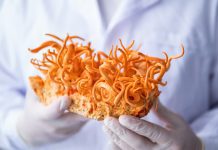
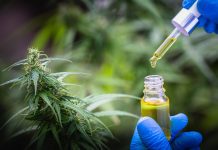
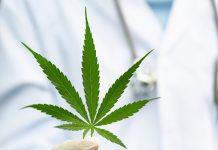
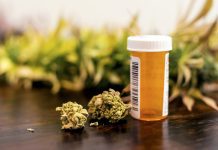

I’m in Namibia, looking for education on Cannabis I would like to approach my government for possible application of planting it ligaly despite their whole misunderstanding of its use.